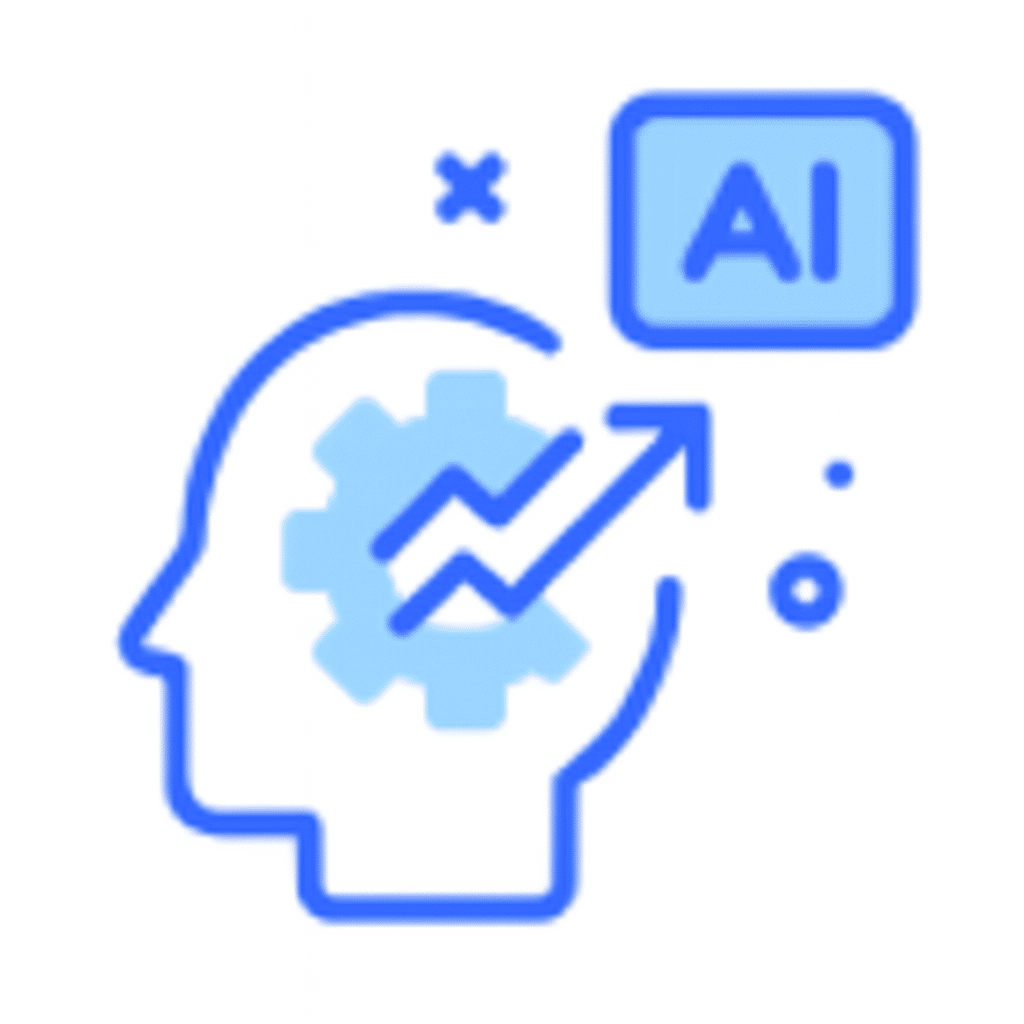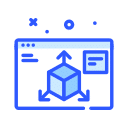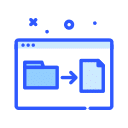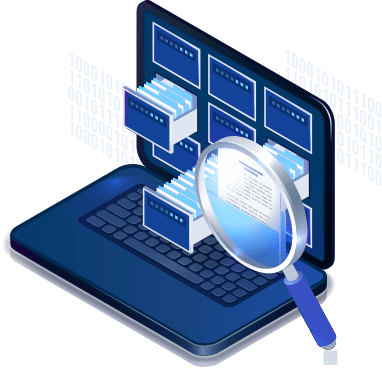Data Import
All-in-one solution for connecting and combining data from multiple disparate sources – including file formats, relational databases, cloud storage, and APIs – and merging them to attain clean and standardized data.

Trusted By





Trusted By






DEFINiTION
What is data import?
Data import is a feature that enables and allows you to connect disparate data sources to one application – especially for the purpose of data cleansing, matching, deduplication, or merge/purge.
Data import option must support multiple data inlets, such as local files (text files, CSV, excel sheets), databases (SQL Server, Oracle, Teradata), cloud stores (CRMs such as Salesforce), APIs, and other databases using ODBC connection.
Benefits
Why do you need data import?
Bring it all together
Join data from a variety of data stores and applications and keep all information related to an entity at one place.
Standardize data across sources
Resolve the syntactic and semantic differences in data values that develop while residing in siloes across multiple sources.
Drive holistic business insights
Ensure the accuracy of data-driven decisions by considering all data dimensions captured at different points in time.
Build a single source of truth
Provide a single source of truth to employees and customers by combining and joining data from varied sources.
Features
What can DataMatch Enterprise’s data import do for you?

DataMatch Enterprise supports import from a variety of data types and formats, including local files (text files, CSV, excel sheets), databases (SQL Server, Oracle, Teradata), cloud stores (CRMs such as Salesforce), APIs, and databases using ODBC connection. For custom projects or other specific requirements, we can also build new native connectors (conditions apply).
There’s more
What else do you get out of the box?
- Live preview of imported data
- In-built and custom connectors
- Support for bulk imports
- SQL scripting for custom import
- Data source and project library
- Data files and fields renaming
- Replace and reload data sources
- Multi-format support for exporting results
User roles
A tool made for everyone

Data analysts

Business users

IT Professionals

Novice users
Features
We take care of your complete DQM lifecycle
Import
Connect and integrate data from multiple disparate sources

Profiling
Automate data quality checks and get instant data profile reports

Cleansing
Standardize & transform datasets through various operations


Matching
Execute industry-grade data match algorithms on datasets
Deduplication
Eliminate duplicate values and records to preserve uniqueness

Merge & purge
Configure merge and survivorship rules to get the most out of data
Want to know more?
Check out DME resources
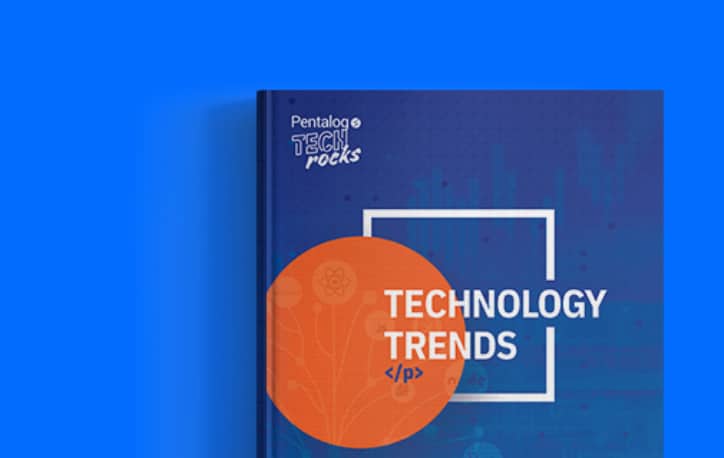
Merging Data from Multiple Sources – Challenges and Solutions
Oops! We could not locate your form.

Implementing a Vendor Matching Engine: A Practical Guide for Data Teams
Choosing the right vendor matching software is only half the challenge. The real value comes from how well you implement it. When done well, it

Buyer’s Guide: 10-Point Checklist for Evaluating Vendor Matching Software
A typical SMB[1] has an invoice duplication rate of 1.29%. That’s more than $12,000 in potential duplicate payments per month if each goes through. Now

Implementing a Vendor Matching Engine: A Practical Guide for Data Teams
Choosing the right vendor matching software is only half the challenge. The real value comes from how well you implement it. When done well, it

Buyer’s Guide: 10-Point Checklist for Evaluating Vendor Matching Software
A typical SMB[1] has an invoice duplication rate of 1.29%. That’s more than $12,000 in potential duplicate payments per month if each goes through. Now

Vendor Matching Software Explained: Solving Duplicate Vendor Records at Scale
In a poll by CFO Daily News, 86% of accounts payable (AP) professionals admitted their Master Vendor File (MVF) needed work. More than two-thirds said









